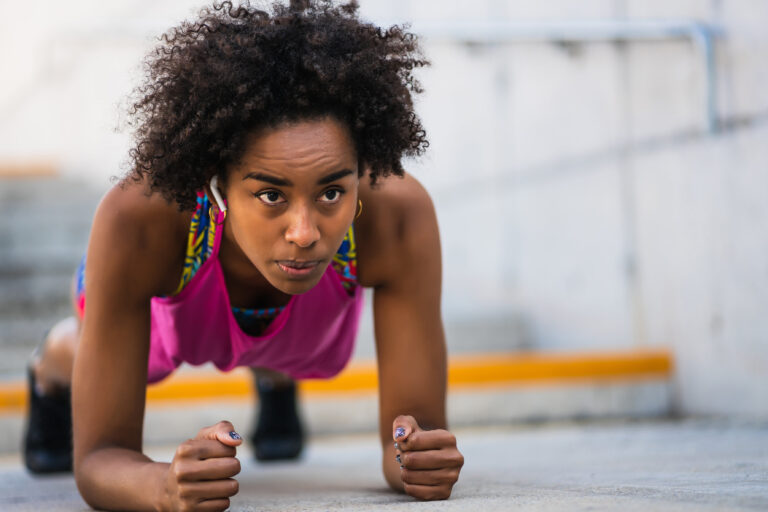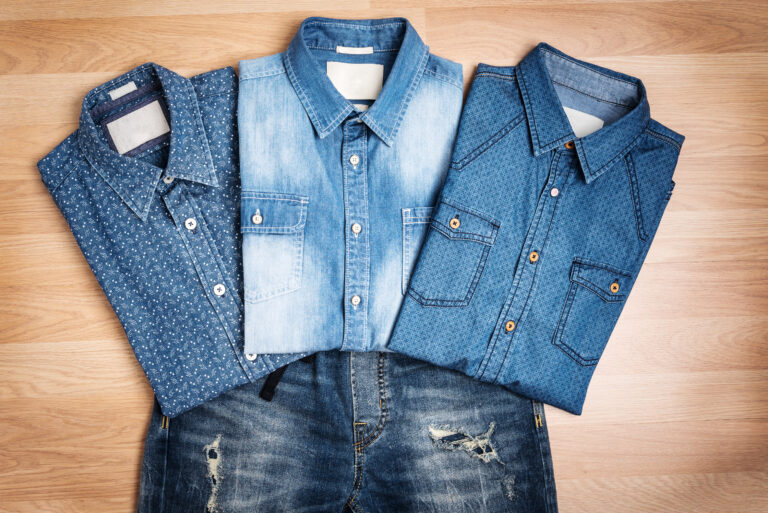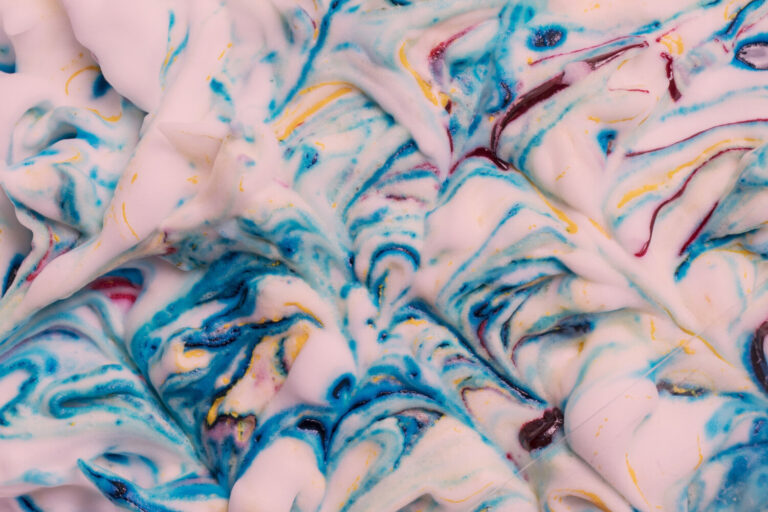Top 7 Features of Woven Fabrics You Need To Improve Your Design
Having knowledge on the woven fabrics is not enough, but appropriate knowledge about the features of woven fabrics can help to improve your design and make it more appealing.
I would like to share with you some of the intriguing approaches just to ease your work and make you better at delivering quality work to your clients.
This approach to materials will typically be successful in a fabric store, but if you’re having textiles made (for instance, by purchasing garment labels), learning how fabrics are made will make it much simpler to acquire exactly what you want.
A Brief History of Textile Weaving
All great civilizations, according to researchers, have engaged in textile weaving, with some proof reaching back to the Paleolithic Age, or about 30,000 years ago.
The use of plant fibers like hemp, palm leaves, and flax in these early forms of weaving is demonstrated by additional evidence.
Protein fibers like silk and wool were discovered to have been utilized frequently by several cultures by 2000 BCE, especially in Asia and the Americas.
A simple loom was used for weaving, which produced cloth of a fixed size and required several persons to operate. It is believed that many homes had their own looms and produced only what was needed for their personal usage.
What is a Loom?
A loom is essentially just a tool for weaving cloth. It maintains tension on the warp yarns so that the weft yarn can be inserted perpendicular to the warp threads.
Although the weaving loom has undoubtedly evolved since it was first used, the method for weaving strands together is still the same.
The loom was transformed into a piece of semi-automated machinery known as a power loom during the industrial revolution, changing the course of textile manufacturing for all time by being able to weave much longer lengths of cloth at much faster speeds.
The next significant development occurred in France in 1804, when Joseph Marie Jacquard received a patent for the jacquard machine.
He created a tool that could be added to a regular handloom or power loom to give the weaver additional control over specific warp threads.
This made it easier to weave complicated designs into cloth, something that was previously extremely labor-intensive and only possible by expert artisans.
A series of punch card instructions were followed by his jacquard machine.
These instructed the loom as to which specific yarns should be displayed on the top of the fabric on each row, causing patterns made of various colored warp yarns to appear quickly.
The jacquard loom continues to be the industry standard for weaving textile patterns.
It has undergone a small amount of modernization (specifically computer automation), which makes it possible to accurately and quickly translate intricate designs and small text into fabric form.
At Dutch Label Shop, we really use this for all of our woven labels.
You Can Weave Simple Fabric Weaves on a Loom
The characteristics of a woven fabric can significantly change depending on the weave.
Some are tight and airy, while others are stiff and durable. Some produce elaborate designs in the materials, while others are just practical and uncomplicated.
The majority of woven fabrics used today are made up of the weaves listed below.
- Simple Weave
- Basket Weaving
- Twill Fabric
- Satin Fabric
- Jacquard Weave
- Dobby Weave
- Crepe Weave
- Oxford Weave
- Waffle Weave
Top 7 Features of Woven Fabrics You Need To Improve Your Design
The type of fiber and particular weave employed can have a significant impact on the precise properties of woven fabrics, yet some characteristics are constant.
Knit materials typically lack strength and durability, and woven fabrics provide significantly more stability.
In many other ways as well, weaving textile designs offers distinct advantages over printing them on materials. 1. Damask, brocade, jacquard, tartan, and gingham fabrics were all woven to match a pattern, ensuring that the pattern would never come off the surface.
2. Flipping the fabric over to reveal the underside is one way to determine if a design has been printed or woven.
3. In contrast to a printed design, which will only be the flat color of the underlying fabric, a woven fabric will have the same pattern or one that is reversed on the back.
4. With the design appearing on the surface of the label in the same way a larger piece of jacquard cloth is manufactured, the complete label is woven from the ground up using various colored yarns that match the colors of your design.
5. In a printed label, the design is imprinted on a simple section of woven fabric, like satin ribbon. Although this can appear to be a simpler solution, each approach offers unique advantages.
6. Woven labels offer a clear advantage over printed labels in that the design won’t fade or rub off over time. They also feel a little thicker and more opulent in the hand, and because yarn was used to create the design rather than ink, it will have more sheen.
7. A woven label’s surface also has greater texture. The label’s distinct weaving can be seen if you look attentively. Compared to a printed label’s flat surface, this gives it more depth.
Conclusion
The features of woven fabrics can significantly change depending on the weave. You need to be conversant with its applicability and trends to keep you afloat with the latest technology.


